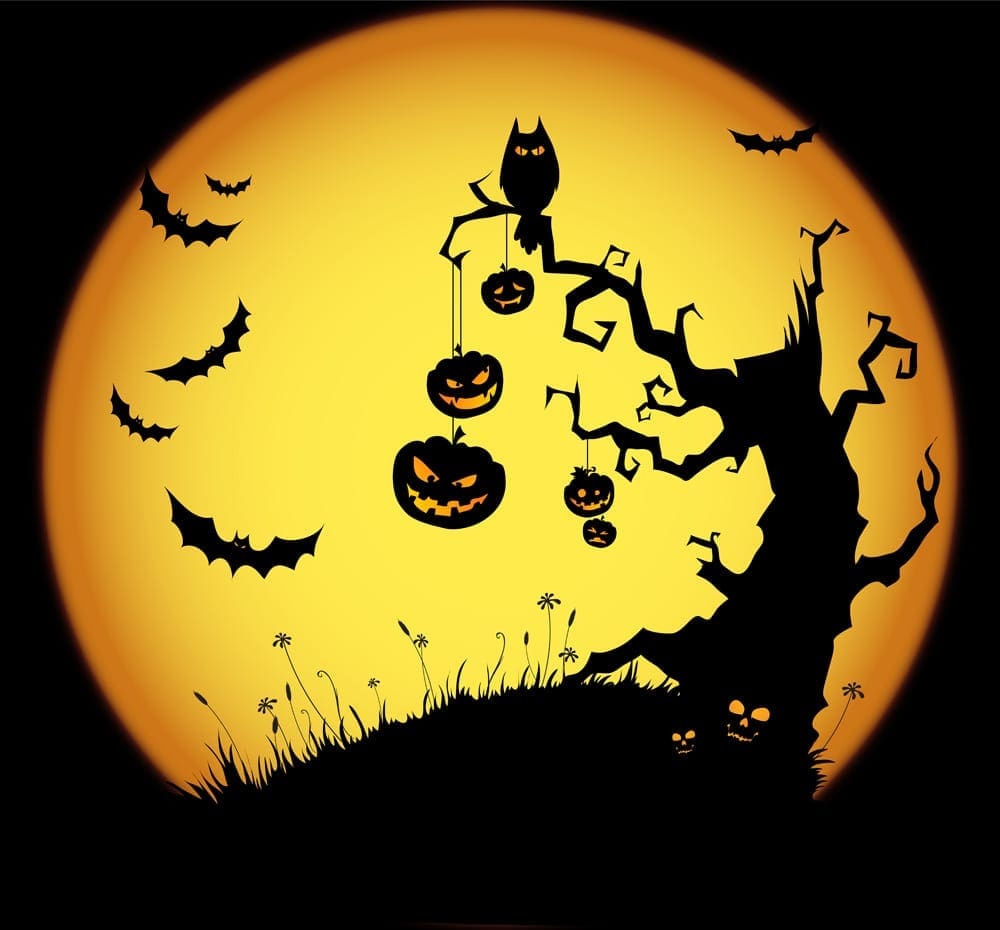
Halloween was at one time a pagan holiday though at present the festival commemorates all saints and martyrs known and unknown. Pope Boniface the IV in the seventh century recognized that the pagan festivals were a threat to church authority and and not abolish them gave them Christian names and purposes. Christmas, for instance, on December 25 was placed thus on the church calendar to compete with the Roman gift-giving saturnalia on December 23.
Halloween was set on the day formerly celebrated by the Druids, a religious order in ancient Gaul, Britain, and Ireland. The Druid year ended on October 31 with the celebration of Sanheim, summer’s end. Muck Olla, the Druid god, was placated by food offerings collected by young people. If donors were not generous, they regretted it.
In the Dark Ages, contrary to popular opinion, the church had not crushed all competition in Europe. The fast disappearing followers of the old gods, the depraved, and malcontents forming the still existing pagan cults still found occasional outlet in the periodic revelry and orgy which comes down to us in folklore as the hellish witch’s sabbath. We may have gotten pumpkins and trick or treat from the Druids, but we got Halloween’s evil and mystery from these cults whose main service was on October 31.
Counterparts of Halloween exist in just about every culture of the world. It is usually a day set aside toward the end of the year for memory of loved ones or ancestors now past into history. Twentieth-century rationalism has diluted the vitality of Halloween. There is also quite open and frank neglect of its meaningful religious sense. There are those that even say perhaps the festival would die altogether if candy and money could not be gained from it. Children, however, have the greatest capacity for fantasy and imagination so that as long as there is a Halloween it will always be dominated by the young.

Be the first to comment